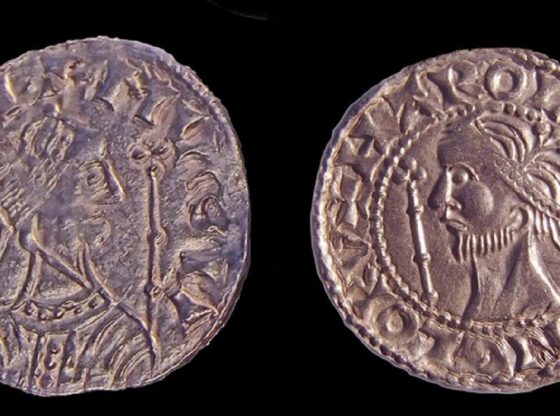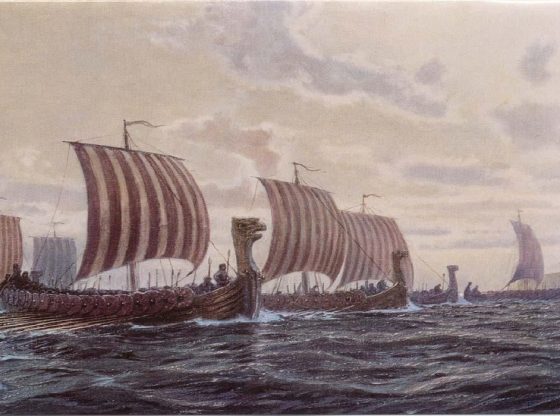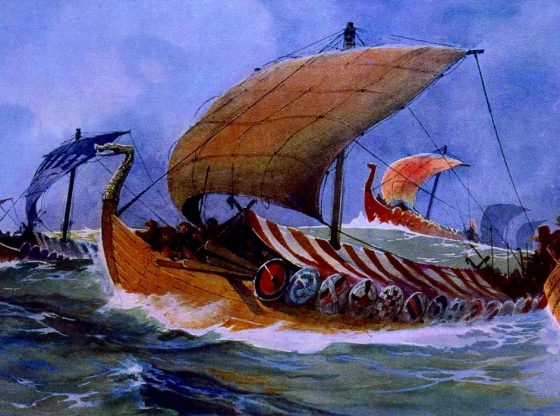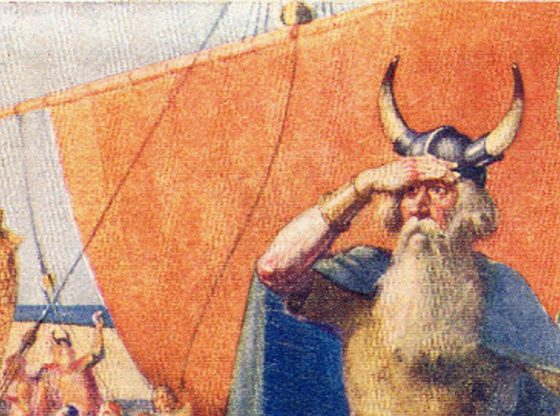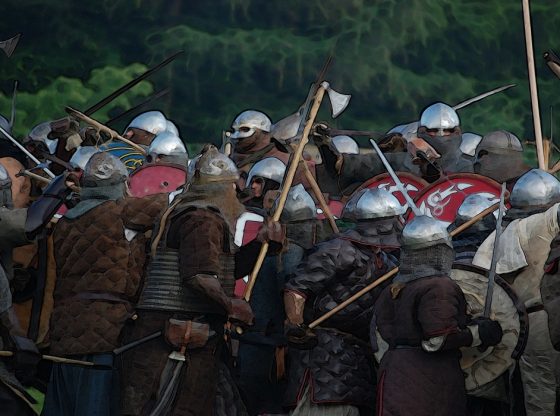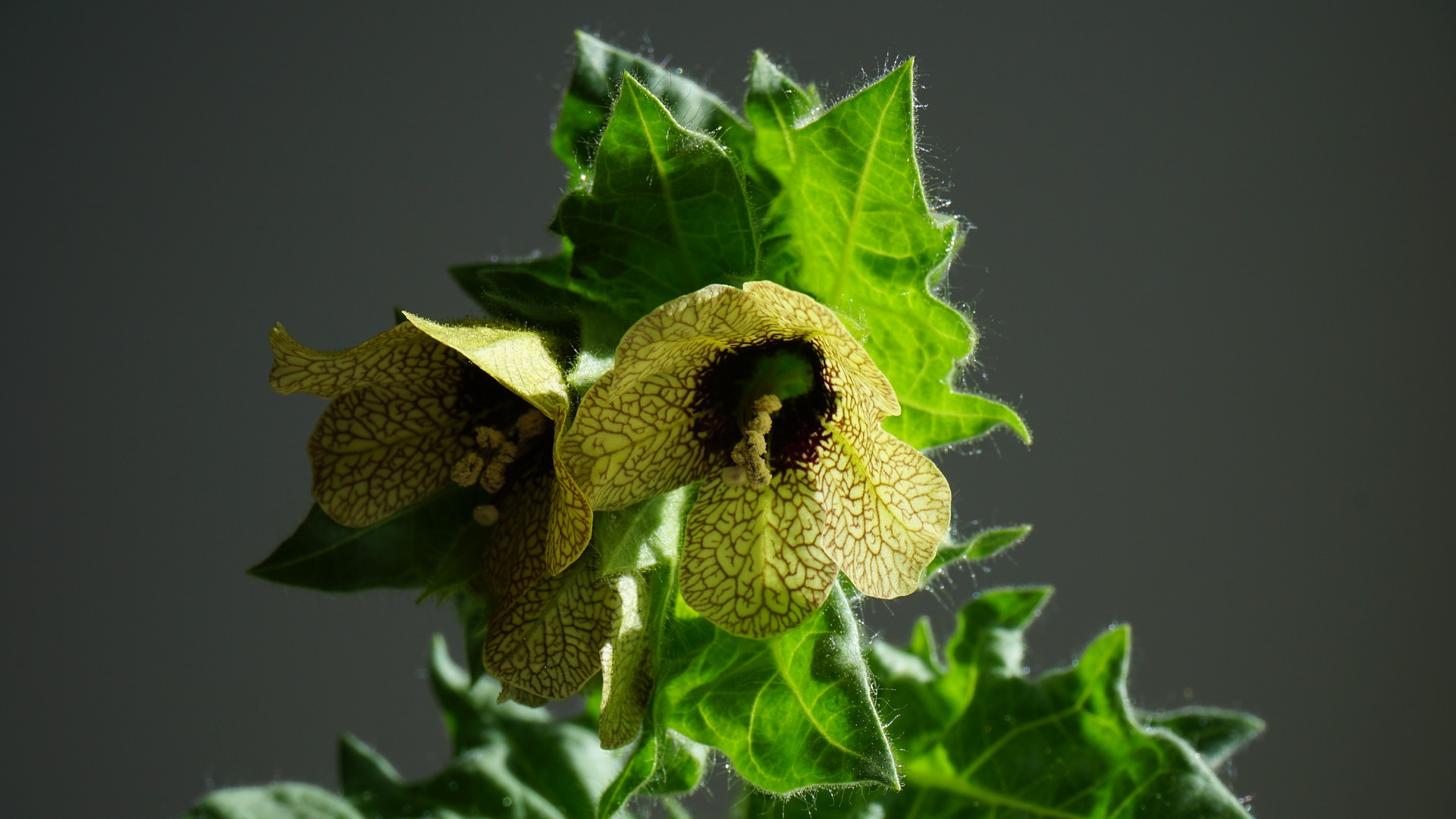
According to a new study, the Viking famous ‘berserker’s’ secret to success was the poisonous henbane, that caused them to go berserk on the battlefield.
“They went berserk and lost their human nature when they became so angry, they set off, mad as dogs. They feared neither fire nor iron. “
This is how the Vikings’ are described in the Icelandic saga of the Eyrbyggja saga when Viking ‘berserkers’ attacked their enemies in a type of trans.
Now, an expert with special knowledge in the historical use of plants believes that the warriors achieved their intoxication by consuming Henbane berries (Hyoscyamus niger).
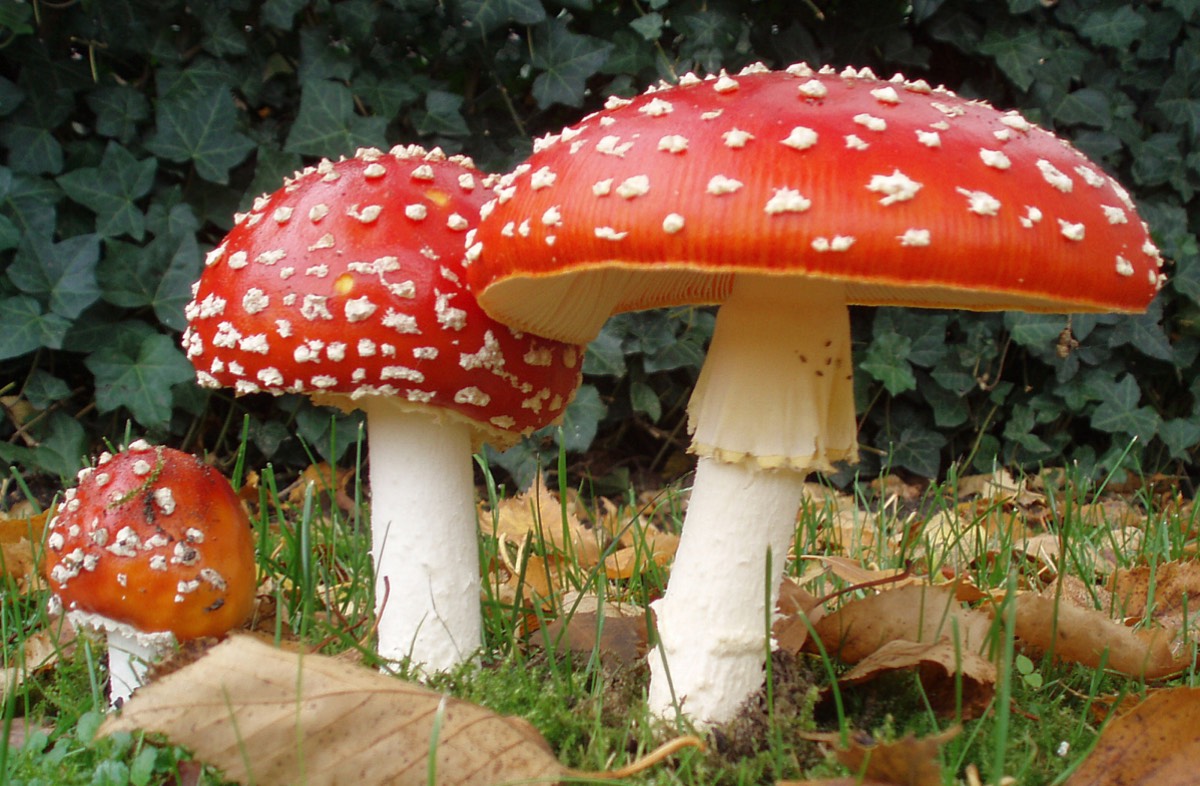
According to Karsten Fatur, who is an ethnobotanist at the University of Ljubljana in Slovenia, the behavior of the berserkers is more in line with the effect of henbane. Seeds from this poisonous, rather smelly plant have been found in, among other things, a small purse in a Viking tomb excavated outside the city of Hobro in Denmark.
“Odin could make his enemies in battle blind, or deaf, or terror-struck, and their weapons so blunt that they could no more but than a willow wand; on the other hand, his men rushed forwards without armour, were as mad as dogs or wolves, bit their shields, and were strong as bears or wild bulls, and killed people at a blow, but neither fire nor iron told upon themselves. These were called Berserker.”
– Ynglinga Saga
According to Fatur, both red fly fungus and henbane berries can make a person stronger than normal, with some additional insidious effect, as it may cause irrational behaviors and cause the person in question to become red in the face, which is also a description mentioned about the berserkers in the sagas.
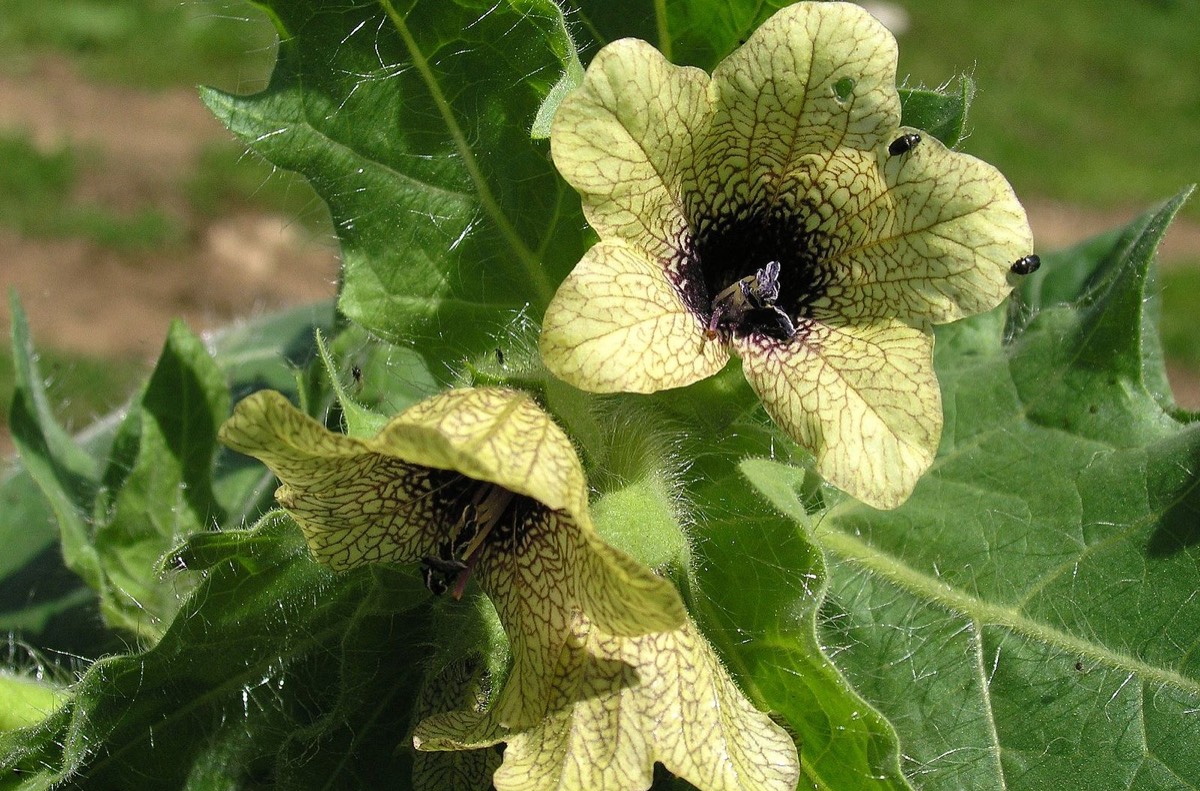
The legendary Viking warriors known as berserkers were renowned for their ferocity in battle, they were purportedly fighting in a trance-like state of blind rage (‘berserkergang’), howling like wild animals, biting their shields, and often unable to distinguish between friend and foe in the heat of battle.
Henbane can also dull pain (hence the accounts of berserkers being nearly invulnerable), contribute to an inability to recognize faces, cause the removal of clothing, and lower blood pressure, which Fatur suggests might account for the assertion that berserkers didn’t lose much blood when injured with blades.
“King Harald made for Thorir’s ship, knowing him to be terrible berserk, and very brave. The fighting was desperate on either side. Then the king ordered his berserks, the men called Wolfskins, forward. No iron could hurt them, and when they charged nothing could withstand them.”
– The Saga of Grettir the Strong
According to the researcher, the side effects (for example, visual disturbances) which occur after consuming henbane berries for several days, do not apply to red fly fungus. This account is also mentioned in the sagas.
In addition, trials show that people who have consumed henbane can lose their ability to recognize faces. This explains why the berserkers in some cases attacked both friend and foe when they ran amok on the battlefield.
A few caveats are in order, however, since there are elements of described berserker behavior that henbane cannot account for, such as the biting of shields and chattering teeth. Fatur notes that much of this is speculative since there simply isn’t sufficient archaeological or historical evidence to prove or disprove his hypothesis.
Karsten Fatur himself has no specific expertise in history or archaeology, so the ethnobotanist is calling on future research by those communities to confirm or disprove his unique ethnobotanical perspective.
Reference:
Karsten Fatur Sagas of the Solanaceae: Speculative ethnobotanical perspectives on the Norse berserkers https://doi.org/10.1016/j.jep.2019.112151




